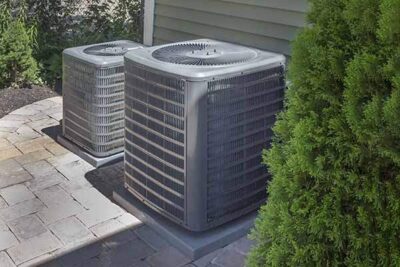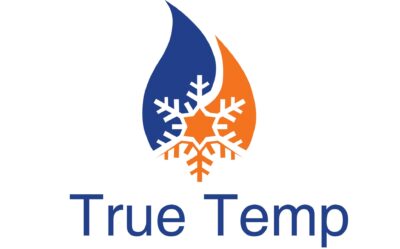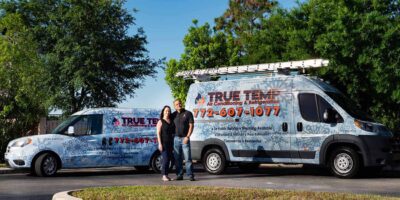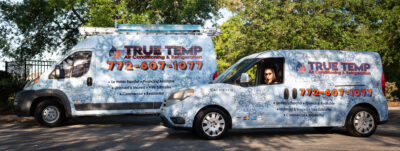The Air Conditioning Condenser
What does it do?
The air conditioning condenser is a vital part of your air conditioning system. The condenser can be found outside the home. The condenser rejects the heat that is carried in the refrigerant from inside the house in a cool mode. It works in reverse with heat pump systems on the heating mode. The condenser has many parts from the condenser fan motor, compressor, coil, fan, switches, boards, and other parts required to keep its operation functional.
What size condenser do I need?
Condensers range in tonnage, seer, and sizing. A few things will be taken into consideration when determining the proper size required for your home or office. The overall square footage is part of the determination process. The location of where the condenser will be placed along with the energy efficiency options the customer is interested in will determine pricing and installation options.
Why would my condenser break or need replacement?
As a major part of the air conditioning system, without a properly functioning condenser, you will not have a running air conditioning system. Many issues can cause the condenser to not operate. Normal wear and tear on the components can be a common issue. Leaks can occur and cause the condenser to fail. A technician can perform leak checks to determine if it is repairable depending on the size and location, sometimes it may be suggested to replace a part of the condenser or the entire unit due to the age. The condenser has capacitors. These capacitors power the motors and once they fail they need to be replaced. Condenser motors may fail requiring replacement to run the unit. The condenser coil at some point, may have signs of damage or corrosion, this will need to be addressed in order to have an efficient running unit.
What can I do to help maintain my condenser?
Regularly inspect the surrounding areas of your condenser for any landscape debris, trash or lint. You do not want anything to block the condenser coils or obstruct it from regular operations. Once debris or dirt have built up on the condenser, clogs may occur causing your unit to stop running overtime. You may use your garden hose with low pressure to clean the outside part of the condenser from time to time to assist in maintaining the life of your unit. Scheduling a regular maintenance on your air conditioning system with True Temp will also help provide peace of mind in knowing the components of your system are working to manufacture specifications. During a regular air conditioning maintenance the condenser will be checked to make sure it is working to its full capacity
Should I replace my condenser?
The time may come when you have to replace your existing system. After careful review of the age of your system and the amount of required repairs you may determine it is cost effective to replace it than to continue to repair the condenser. Before spending a large amount on a needed repair a service tech may recommended to invest in a newer energy efficient unit. Please feel free to contact True Temp for a free estimate on replacing your existing air conditioning system today! www.truetempllc@gmail.com












